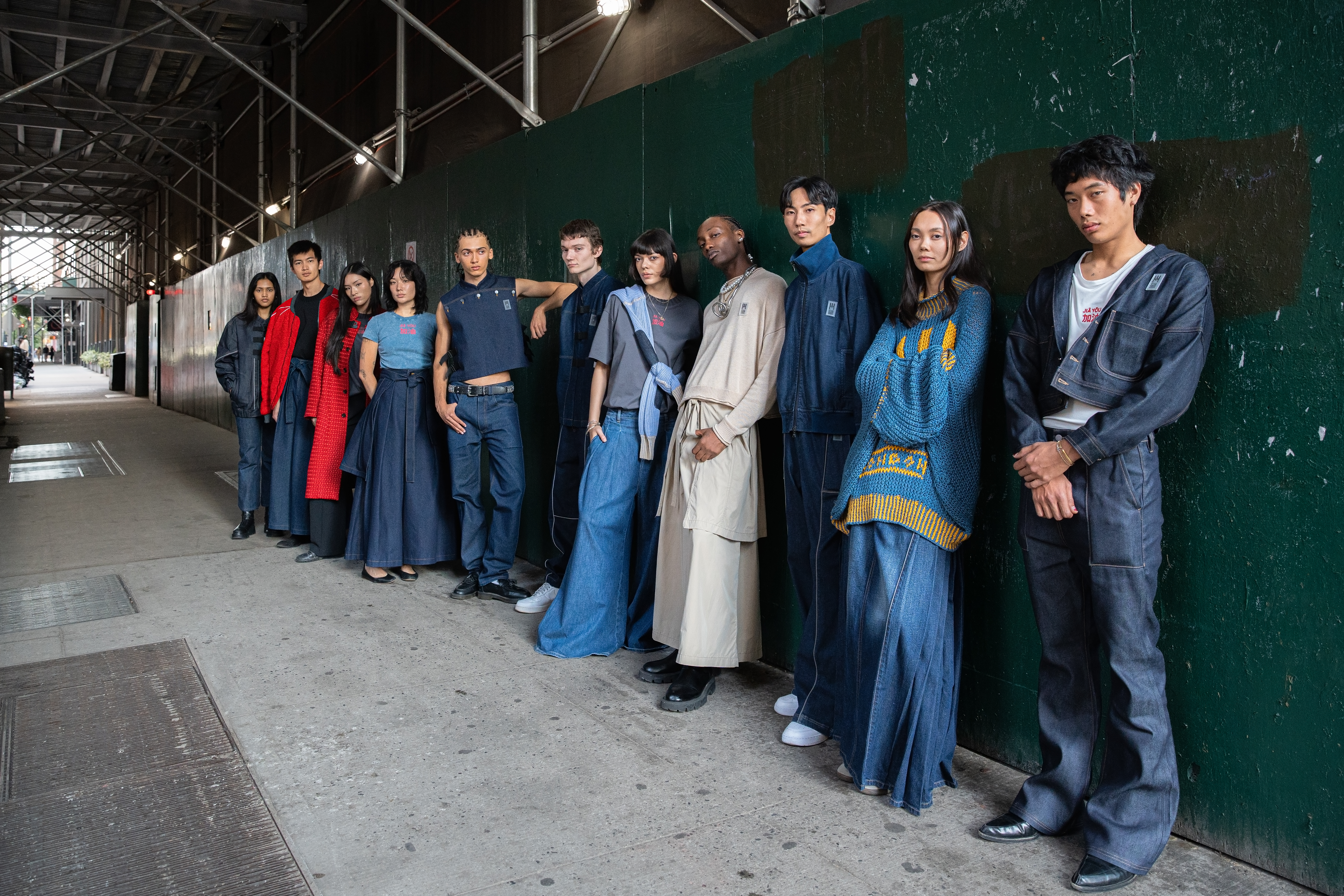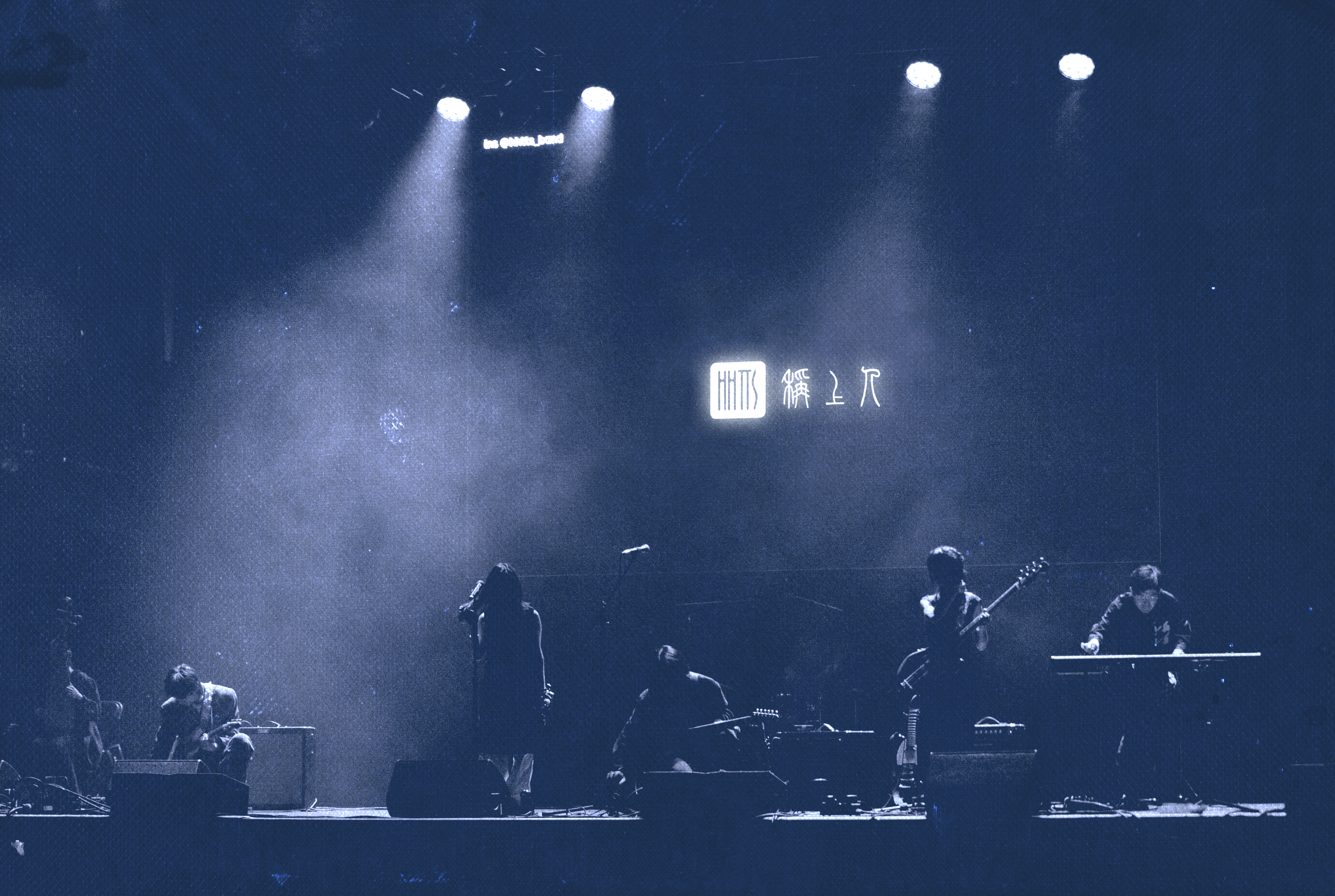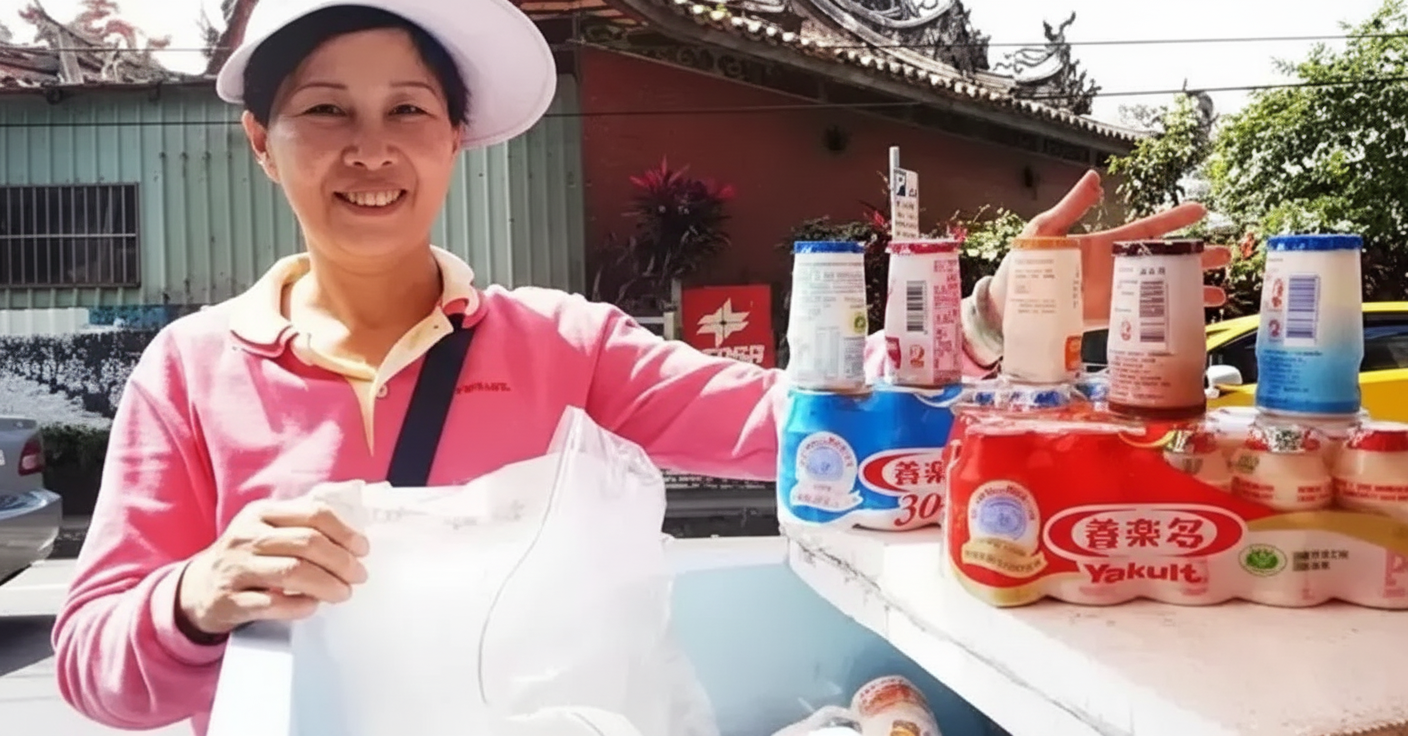On March 12, 2020, New York City Mayor Bill DeBlasio declared a state of emergency in response to the Covid-19 outbreak. By then, the virus itself was old news — 3.5 billion people in Asia and Europe had been or were still under orders to stay home, and the human toll of the pandemic was made clear via alarming figures concerning the number of deaths caused.
America should have had ample time to take preventative measures against the very real threat of the disease. Instead, goaded by President Trump, people prevented themselves from being around Chinese and Asian Americans. As early as January, Manhattan’s tourist-dependent Chinatown had reported up to 70% in lost business, and the impact was felt hard across all the city’s Chinese enclaves.
“Losing Lunar New Year, because of the racism, was hard,” says Patrick Mock, manager of 46 Mott Cafe and lifelong Chinatown resident. “Our businesses rely on that money to build up a cushion for slower seasons.”
Related:
 Coronavirus Stirs Rumors and Racism Towards Chinese Eating Habits and HealthOn social media, ignorant rhetoric about food and health is spreading faster than the virus itselfArticle Feb 03, 2020
Coronavirus Stirs Rumors and Racism Towards Chinese Eating Habits and HealthOn social media, ignorant rhetoric about food and health is spreading faster than the virus itselfArticle Feb 03, 2020
Avoiding people who looked Asian unsurprisingly failed to stop the coronavirus’ spread, and the United States would go on to lead the planet in confirmed cases, daily new infections, and deaths from Covid-19.
But as Trump continued to refer to the pandemic as “the China virus,” in New York the neighborhood at the center of the country’s largest overseas Chinese community was thrown into an economic crisis. Non-essential businesses were forced to close, left to navigate an alphabet soup of relief resources amid a deadly pandemic. Months later, Chinatown’s economic troubles would go on to be called “unprecedented” in the US.

A fruit vendor doing business on Canal Street
By the time shelter-in-place was announced, small businesses like Mock’s had already been suffering. He recalls making the choice to remain open:
“We were two months behind on rent already. Even closing temporarily could have meant we would lose the shop permanently.”
At that point Chinatown looked deserted, according to Mock, who was risking the pandemic every day to go into work. While managing the store, he noticed among his few customers certain people buying things daily that most people would stash away, such as cup noodles and sticky rice. He later realized that “they had nowhere to put the food — they might be homeless.”
Even with his business straining to stay open, the thought moved Mock to start a meal program, “giving out 100 meals a day to whoever needed it, for ten days.” Word eventually reached Chinatown’s State Assemblywoman Yuh-Line Niou, who connected 46 Mott with a donor, allowing him and a growing team of volunteers to extend the program. He was in the shop “two months straight, seven days a week,” despite the risks to his personal health. “We gave out 200 meals every day until the first day of reopening,” he recalls.
Mock’s resilience and compassion toward his neighbors is indicative of the foundation that holds up Chinatown’s primarily working class, immigrant community. Businesses here are often passed down through family, reflecting over a century of history in New York City. The fact that most New Yorkers can tell you where their favorite Chinatown restaurant is, and why, speaks to their impact on the city’s fabric.

Two men take a break from collecting bottles underneath the Manhattan Bridge
“Business owners here are not willing to lose their businesses. They’ve worked so hard for them,” says Jennifer Tam. Tam has lived in Chinatown for eight and a half years, and found it hard to watch her second home go through a disastrous winter. So in March of this year she co-founded Welcome to Chinatown, a non-profit working with business owners to generate new revenue.
Welcome to Chinatown began working with volunteers to create merchandising opportunities for Chinese-owned stores and sought donations, raising over 300,000USD to date for the neighborhood. In doing so, Tam learned from the community that “the impact on business is worse than what happened after 9/11,” when transportation in and out of Chinatown was completely frozen.
The weight and history of the moment doesn’t feel exaggerated. In May, explosive protests over the death of George Floyd took over national news coverage. Welcome to Chinatown amplified support for the Black Lives Matter movement in the wake of the protests, and among Asian Americans, they “had such a profound impact on how the community feels able to take matters into our own hands,” says Tam.
“It’s empowering to be able to provide a voice for businesses that feel like they don’t have a say, and we take that responsibility very seriously.”
For Tam and her colleagues, their mission is “to make sure that Chinatown is open for business forever.” While short-term relief is urgently needed, the events of this year have exposed the vulnerability of the local economy, underscoring the need for businesses to develop more ways to reach their customers. When foot traffic was at its lowest point, restaurants were underutilizing online platforms for takeout or delivery, for example. Claiming a business profile on Yelp or Google Maps isn’t something traditional owners think about, observes Tam, and Welcome To Chinatown began helping businesses establish new digital presences, which are “unfamiliar to them, but they’re willing to try anything to keep their doors open.”

Pell Street, Manhattan has been converted into outdoor dining space for its restaurants
Charting unfamiliar territory more or less describes existing in 2020, and for community organizer Yin Kong, it meant a total overhaul of priorities. Kong co-founded Think! Chinatown in 2016, an organization that has fought for equitable access to resources for the community. Kong is its director, and at the start of the year had planned to fight the construction of a proposed mega-jail in Chinatown, as well as focus on engagement and accountability of the Chinatown Business Improvement District. “We had to pivot — fast,” she says.
When New York City began reopening in June, the US was seeing cases surge, and new outdoor dining regulations dictated how restaurants could operate. Requirements included enclosed spaces on streets to seat diners, and Kong knew that “Chinatown businesses had been hemorrhaging money for months before anyone else. They didn’t have the funds to invest in this.”
A designer by trade, Kong tapped into her professional network to create “Assembly for Chinatown,” a donation-funded project in partnership with designers A+A+A that constructs outdoor dining setups for Chinatown restaurants, free of cost. Materials are locally sourced, and “easily found” volunteers construct and paint the buildout at the site. T!C’s signature designs are painted by local artists onto the sides of their booths, sharing street space with more utilitarian street stalls. With the recent announcement from the Mayor’s office that outdoor dining in New York City is now permanent, the booths have long-term potential to provide steady income for the neighborhood.

A Think! Chinatown dining booth on Eldridge Street, Manhattan
The scope of Kong’s work goes above street level — earlier this year she testified before the City Council on how inaccessible Covid-19 relief can be for Chinese immigrants and small business owners. An economic downturn is “when displacement happens,” she says. “When businesses aren’t empowered, entities with more capital can take advantage of their vulnerability.”
Kong has put in years of work to maintain Chinatown’s identity and culture through T!C — in the past, its work has encompassed recording resident’s histories, and supporting arts and culture initiatives for locals. Kong’s motivation comes from the history of the neighborhood:
“I’ve learned about the people who came before me to create this space, and I used to take it for granted. I wanted to contribute to that.”
In the six months since the city was ordered to stay home, the contributions of people like Mock, Tam, and Kong have illustrated the devotion of Chinatown’s residents, young and old, to the community. “We’ve been hurting since January,” says Mock. “We need all the help we can get.” Despite the challenges ahead, 46 Mott continues to give away food. As he waits for a bundle of donated meals to be dropped off, Mock tells RADII over the phone, “If there’s a good part of [Covid-19], it’s that it shows the younger generation cares about the well-being of the community. We want to help.”
Even as the city relaxes restrictions around indoor dining, there is no tangible end to the pandemic in sight. The economic downturn is still taking a devastating toll on Chinatown’s businesses, and it will take the combined efforts of its residents and supporters to make sure the district’s transformation is not its final act.
All images: Cindy Trinh

















